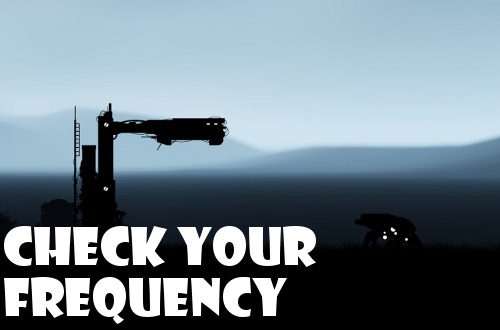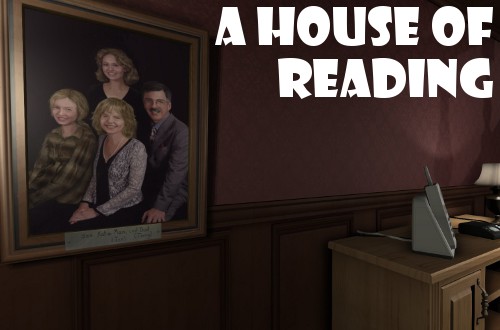
Hi, everyone. One of my goals for 2015–yup, sadly, still working on promises from yesteryears because that’s the kind of special slacker I am–was to come up with a new feature for Grinding Down, and it only took me about eight or nine months into 2017 to figure out what I wanted though it does kind of go hand in hand with resolution #3 for this year about clearing out some of my Steam backlog. Either way, I done did it.
Welcome to My Laptop Hates These Games, wherein I take a real short glance at games I tried to run on my less-than-steller ASUS laptop from 2010-ish, which is totally not built to play big games, but has, in the past, been fine with things like Broken Age, Transistor, and Gone Home. I was even able to run meatier operations like Red Faction: Armageddon and Bulletstorm, just with the settings turned super low. Some games operate better than others, and some simply don’t run at all. At least through this feature, I’ll find out if they work or don’t work sooner than later, and my goal is to present to you the exact experience I had, from hitting the executable to deleting all the files.
Okay, let’s dig in.
Maui

I’ve never even played a single second of The Legend of Zelda: Wind Waker–I know, shame on me–but I already completely understand that this is the look and feel Maui is going for in its execution. This is a free action-adventure game based on Hawaiian mythology, which is something unique to the videogames playing field. I got through the tutorial just fine, learning how to switch my faith to different gods for unique powers, but then the mission where you need to find a banana brought everything to a crawl stuck inside a glacier covered in molasses. Unfortunately, there are no settings to change things, and so this got deleted without ever finding that lost banana.
Escape the Game: Intro

Another freebie on Steam that I probably installed because it kind of looked like Thomas Was Alone. Unfortunately, I can’t say if Escape the Game: Intro played the same way or not because, after seeing the title screen and clicking start, the game does a fake crash à la Fez…ironically leading to a real crash to desktop. I was able to replicate this three times before I gave up. I guess in my own special way I did manage to escape the game.
My Time at Portia

My Time at Portia looks real fine. My love and fascination for quirky farming simulations continues to grow, having enjoyed Stardew Valley and Slime Rancher a whole bunch recently, and this one looks to be almost a mixture of the two styles. It’s set in a post-apocalypse setting, but a splashy, kaleidoscopic one. The player starts a new life in a town on the edge of civilization called Portia by building a workshop and creating helpful items with relics from the past. The goal of the game is to make the workshop as big as possible…I think. Even with the graphic settings turned to “fastest,” this was next to impossible to play. I knew I was in for a rocky time when the in-game cutscene staggered forward at a crawl. Gaining control of the main character was worse. Here’s hoping that this too comes to consoles like similar titles as of late.
—
My Laptop Hates These Games takes a quick look at the titles that kind of, only sort of run or don’t run at all on my ASUS laptop. Here’s hoping that some of these, specifically the ones that looked interesting, come to console down the road. Y’know, those gaming machines where nothing ever goes wrong and every game runs perfectly without ever crashing or freezing or glitching out. Maybe I’ll play these there or in 2056 when I get a new laptop that is, even at that point, still somewhat obsolete.




